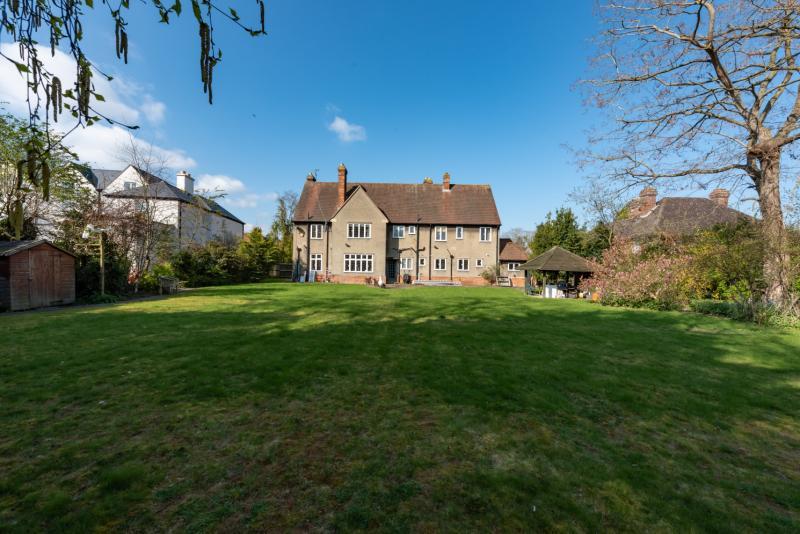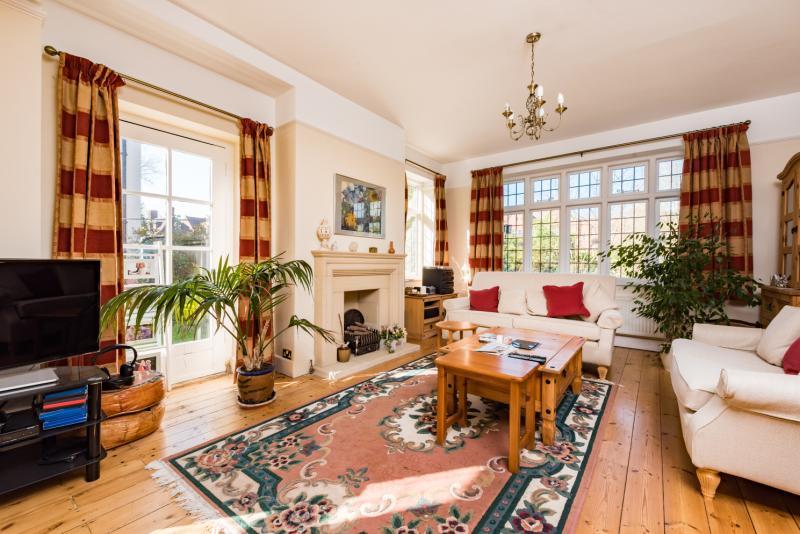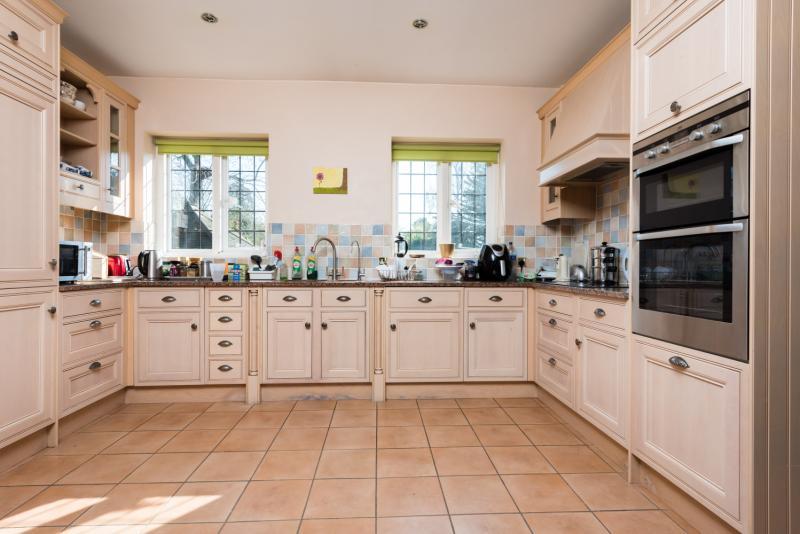JRR Tolkien moved to 20, Northmoor Road in 1930, six years after the property was built, and it is here that he worked on The Hobbit and a large portion of The Lord of the Rings.
The house where JRR Tolkien wrote The Hobbit and much of The Lord of the Rings has come on onto the market.
Situated at 20 Northmoor Road, in Central North Oxford, the Grade II-listed property was built in 1924. One of the many buildings that provided accommodation to the city’s top intellectuals, it had originally been designed by architect Fred E Openshaw (who also created the First World War memorial in Cheddar, Somerset) for Basil Blackwell, the owner of Blackwell’s Bookshop.

Tolkien lived at 20 Northmoor Road until 1947 before moving to Headington, Bournemouth and, eventually, Merton College
Just six years later, Tolkien, who lived on the same road, at number 22, and by then had already begun teaching at Pembroke College, bought the lease to the larger house at number 20.
He turned the drawing room into his study and it’s there that he worked on both his key literary analysis of Beowulf and on a fantasy story he had conceived to entertain his own children, which would go on to become a worldwide best seller — The Hobbit.

Legend has it that the Oxford don was busy marking papers when he came across one that had a blank answer. Inspiration struck and he filled the empty space with one line: ‘In a hole in the ground there lived a hobbit’.
It was the beginning of a sprawling tale that kept the four Tolkien children — John, Michael, Christopher and Priscilla — well amused, until the typescript (still unfinished) came into the hands of Susan Dagnall, who worked at publishers George Allen and Unwin. She persuaded Tolkien to complete the story and the polished work was ‘test-read’ by Stanley Unwin’s ten-year-old son, Rayner, who gave it an enthusiastic nod.
This led to publication in 1937, roaring success and a publisher’s request for a sequel, much of which Tolkien also wrote while living at 20 Northmoor Road. Many years later, that second typescript became The Lord of the Rings, published under the guidance of a by then grown-up Rayner Unwin.

The room where Tolkien laboured at his writing remains unchanged today, with its windows facing three different aspects and the doors opening onto the garden. According to the Listed Buildings entry, the interior plan devised by Openshaw ‘survives unaltered, except for the wall between the former study and drawing room which was removed for Tolkien in order to enlarge the room in which he worked’.
The rest of the house is also very similar in structure to what it was in the 1930s and 40s, with three reception rooms and a large kitchen downstairs and six bedrooms on the first floor. Many original details also remain intact, such as doors, door handles and window catches.

With their children now grown, Tolkien and his wife, Edith (the inspiration for the character of Lúthien, while the author himself was Beren), left 20 Northmoor Road for the Oxford suburb of Headington in 1947 and, after his retirement in 1959, for Bornemouth, where Edith passed away in 1971. Tolkien then returned to Oxford, lodging at Merton College until he died in 1973.
Their Northmoor Road house was sold in 2004 for £1.5 million — the same year when it was granted a blue plaque ‘for its historic importance as the home and workplace of Professor JRR Tolkien’. Agents Breckon & Breckon are now asking £4.575 million for the 4,000 sq ft property.

Live like a hobbit: One of Britain’s quirkiest properties comes up for sale
If you have ever dreamed of living like Bilbo and Frodo, here is your opportunity: a picture-perfect hobbit hole is

The country retreat where JM Barrie dreamed up Peter Pan to entertain three young houseguests
Set on 1.5 acres of land on the edge of Bourne Wood, Lobswood House has been sympathetically renovated to retain

A palatial Jacobean-style mansion with rooms by the man who renovated Buckingham Palace
With a 24 carat gold drawing room, an extraordinary indoor spa complex and a £150,000 playhouse, the only thing Pinewood

The sporting Scottish estate that was once home to Sir Walter Scott
Romantic Ashiestiel House at Clovenfords was inhabited by the novelist in the early 1800s.

The devastatingly pretty home where Sir Walter Scott became a literary superstar
Within the splendid walls of Ashiestiel House, Sir Walter Scott enjoyed the happiest years of his life as he wrote




